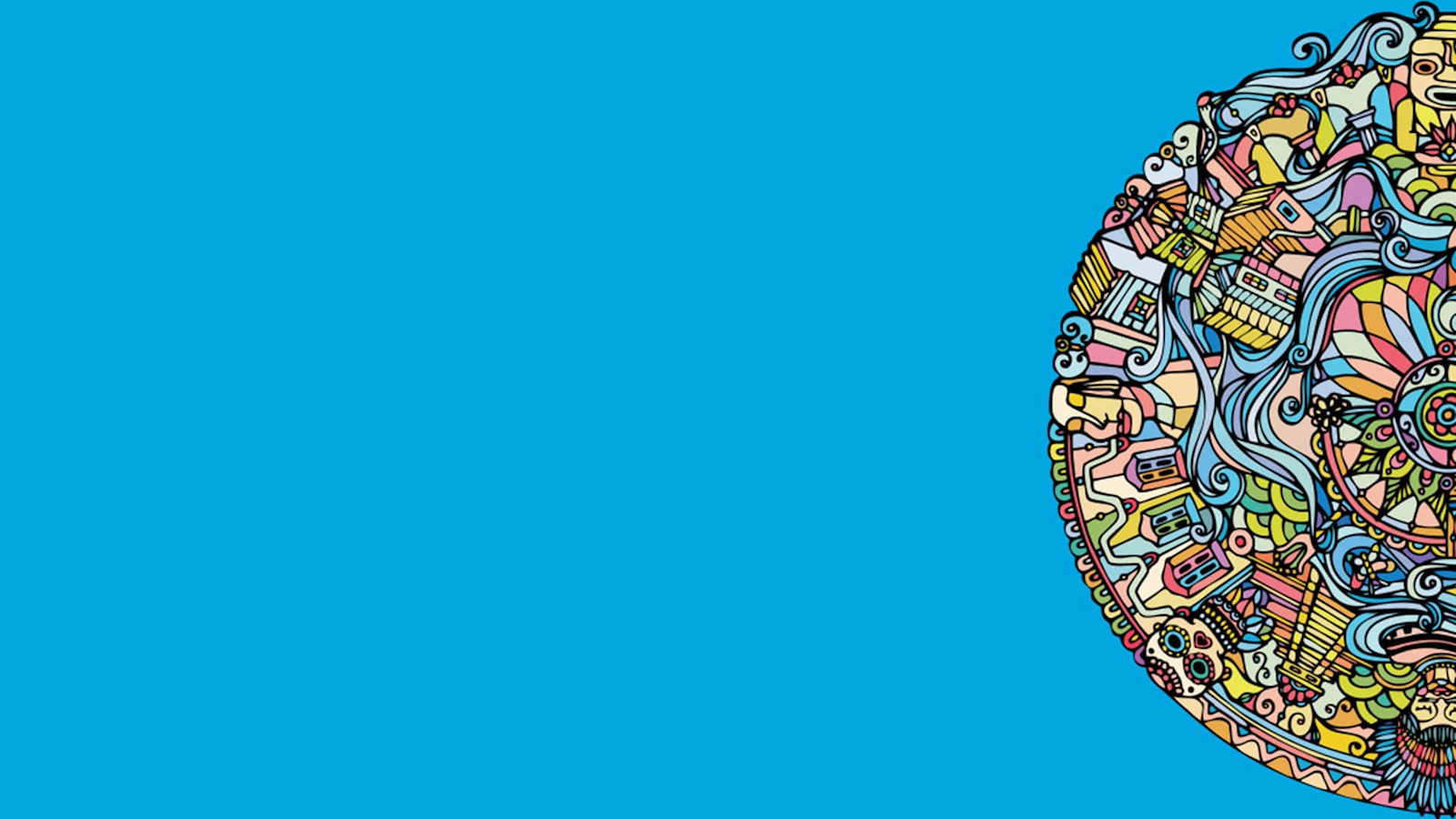
LatAm brands: a return to positivity
Economies in the region have moved back into positive territory over the last year, but the recovery is inconsistent
In climbing out of recession, Latin American economies have taken consumer confidence up at the same time.
But this does not signal a return to business as usual. In fact, it signals the start of a new era, in which much of what we previously thought of as normal has changed. Normal consumer behavior, normal communications strategies for reaching them, and normal ways to get goods and services to market. All are being redefined.
This is a recovery that is inconsistent across the region and is being felt by different consumer groups to varying degrees. This variation is reflected in our BrandZ brand valuation rankings, which show overall growth in the BrandZ Top 50 Most Valuable Latin American Brands 2018 of 18%.
Look behind this strong, top-line figure, though, and there are brands that have increased their brand value by as much as 99% in the past 12 months, while others have suffered a 33% decline, and there are brands at every point in between.
Average brand value growth among the top Brazilian and Chilean brands has been over 20%, while Mexican brand value growth is up just 4%, and the leading Argentinian brands have grown in value by 45%. This volatility is indicative of the new normal.
Even within categories, there are significant inconsistencies; while some retail brands, communications providers and financial institutions have made great strides for example, others in those categories have seen significant losses in brand value over the same period.
While each market has unique conditions, challenges and cultural nuances, there are some common themes to the new normality in which brands now must operate.
Shopping habits have shifted, and are still on the move
Several years of strain on household budgets have led shoppers to be more fragmented in the way they shop. They’re using different store formats for different shopping occasions, depending on their priorities at the time when it comes to value, convenience and a different shopping experience. This has all led to a rise in discounters, online shopping and convenience stores.

Corruption scandals and strikes have led to a consumer weariness with promises, whether they’re from politicians, business leaders or brands. People are tech-savvy and willing to trust only the promises that are substantiated. They’re also increasingly open to trying something new, whether that’s a new category, brand or a private label alternative to the big brand names. And when money is tight, they’re economising in one category so they can indulge in another.
While each market has unique conditions, challenges and cultural nuances, there are some common themes to the new normality in which brands now must operate
Connectivity creates intimacy, but needs to be respected
Mobile connectivity is reaching a critical mass across the region, and brands are finding digital media usage provides an ideal route to both broad reach and targeted advertising. But consumers are being so frequently bombarded with brand messaging, they’re hitting back against the intrusion with ad blockers. Use caution and offer something of genuine interest.
The big idea is key
Many of the brands posting the strongest value growth over the past year are those that have taken a powerful creative idea and used it in clever ways both on and offline. Big campaigns can still have a big impact, provided they do more than create a big noise. A clever idea, that resonates with the audience, needs to be at the heart of everything.
We know, through experience in this region and around the world, that brands that invest in maintaining and building relationships with consumers during turbulent times generate the highest levels of closeness and loyalty. Strong, valuable brands also deliver superior shareholder returns.
published on
30 August 2018
Category
More in Communications

Rebranding cancer: how brands heal and hurt
Along with consumer brands, the ‘brand’ of condition or event influences us.

Mechanisms that Matter – Inside WPP | Ford’s revolutionary marketing model
How a process created on the factory floor over 70 years ago has transformed ops for the auto giant

How to build your brand in-game
A new research report from WPP and SuperAwesome

